[ad_1]

With 9 days to go earlier than the world’s strongest rocket—the gargantuan Area Launch System (SLS)—takes flight from historic Pad 39B on the Kennedy Area Heart (KSC) in Florida, NASA has introduced goal touchdown websites for the historic Artemis III mission, which is presently set to return people to the floor of the Moon no ahead of April 2025 for the primary time because the finish of Challenge Apollo. On Friday afternoon, senior NASA managers from the company’s Washington, D.C., headquarters, revealed a cluster of potential touchdown websites close to the lunar south pole which the Artemis III astronauts might go to.
With the 322-foot-tall (98-meter) SLS having rolled out to Pad 39B earlier this week for the six-week Artemis I mission, an uncrewed take a look at flight across the Moon, presently scheduled to launch no sooner than 8:33 a.m. EDT Monday, 29 August, consideration inevitably now turns to subsequent flights. Earlier this month, NASA Chief Astronaut Reid Wiseman introduced his intent to assign crew members for Artemis II, the primary crewed mission to lunar distance since Apollo 17, later this fall.
However while Artemis II—whose four-person crew is predicted to incorporate a Canadian astronaut, the primary non-American ever to depart low-Earth orbit—is scheduled as a circumlunar voyage within the second half of 2024, Artemis III presents the added plum of the primary touchdown on the Moon in additional than 5 many years. Its crew is broadly touted as together with the primary girl to set foot on one other world.
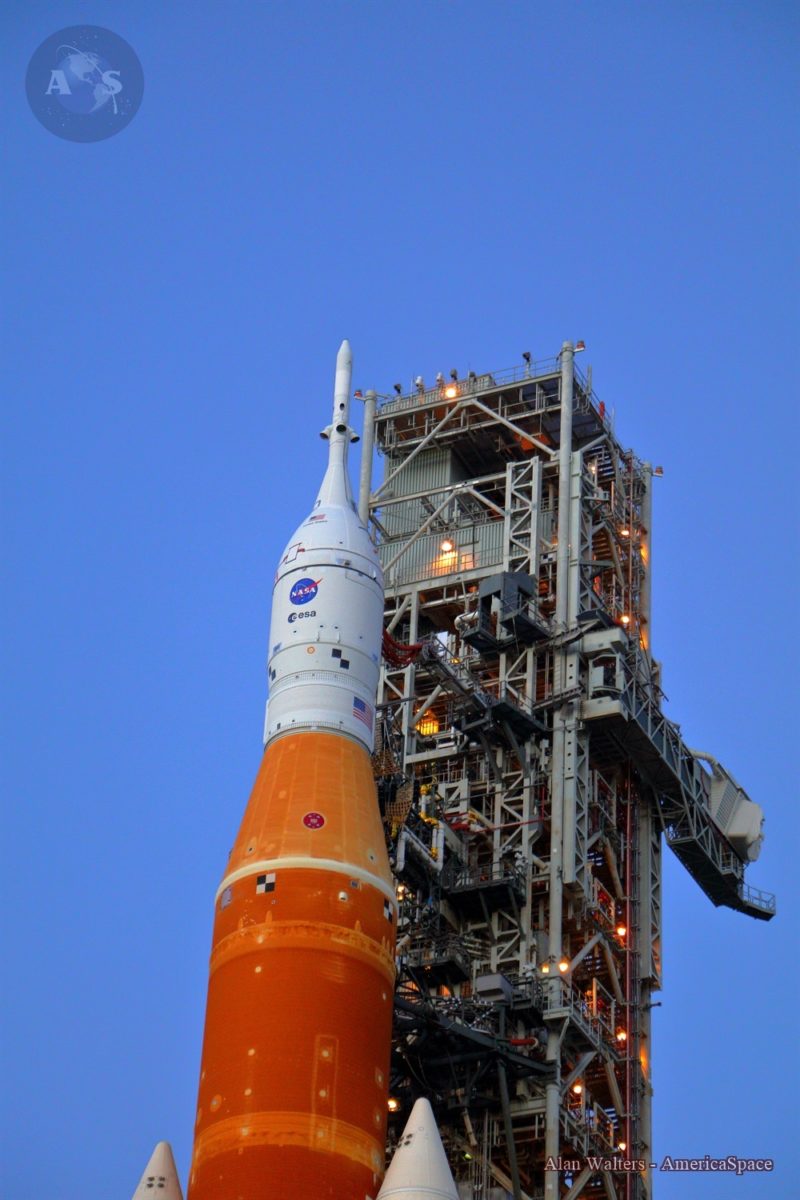
Nonetheless, though 18 astronauts—9 males and 9 ladies—have been recognized to the world by then-Vice President Mike Pence because the “Artemis Group” again in December 2020, Wiseman’s remarks point out that your entire 42-strong corps of active-duty astronauts stay eligible for task to those pioneering missions. “So long as you’re wholesome,” he informed journalists with a wizened grin earlier in August, “we’re going to load you right into a rocket and shoot you off the planet.”
In opposition to this backdrop of crew-assignment hypothesis, the Orion spacecraft for Artemis III has been taking form on a number of fronts for a number of years. Beneath the language of the $2.7 billion Orion Manufacturing and Operations Contract (OPOC), awarded by NASA to prime contractor Lockheed Martin in September 2019, it was famous that the Artemis III Crew Module may even be flown on the Artemis VI mission later this decade.
Again in August 2020, the Artemis III Crew Module’s first machined aspect—a cone-panel with window-openings—was delivered by AMRO Fabricating Corp. of South El Monte, Calif., to NASA’s Michoud Meeting Facility (MAF) in New Orleans, La., for welding to the strain vessel. And final summer season, Lockheed Martin opened its Spacecraft Take a look at, Meeting and Useful resource (STAR) heart in Titusville, Fla., which can expedite the manufacturing and processing of Orion autos, starting with Artemis III.
In June of this yr, proof testing of the strain integrity of the Crew Module was accomplished. The Artemis III Service Module, constructed by the European Area Company (ESA), is scheduled to be shipped from its development location in Bremen, Germany, to KSC someday subsequent summer season.
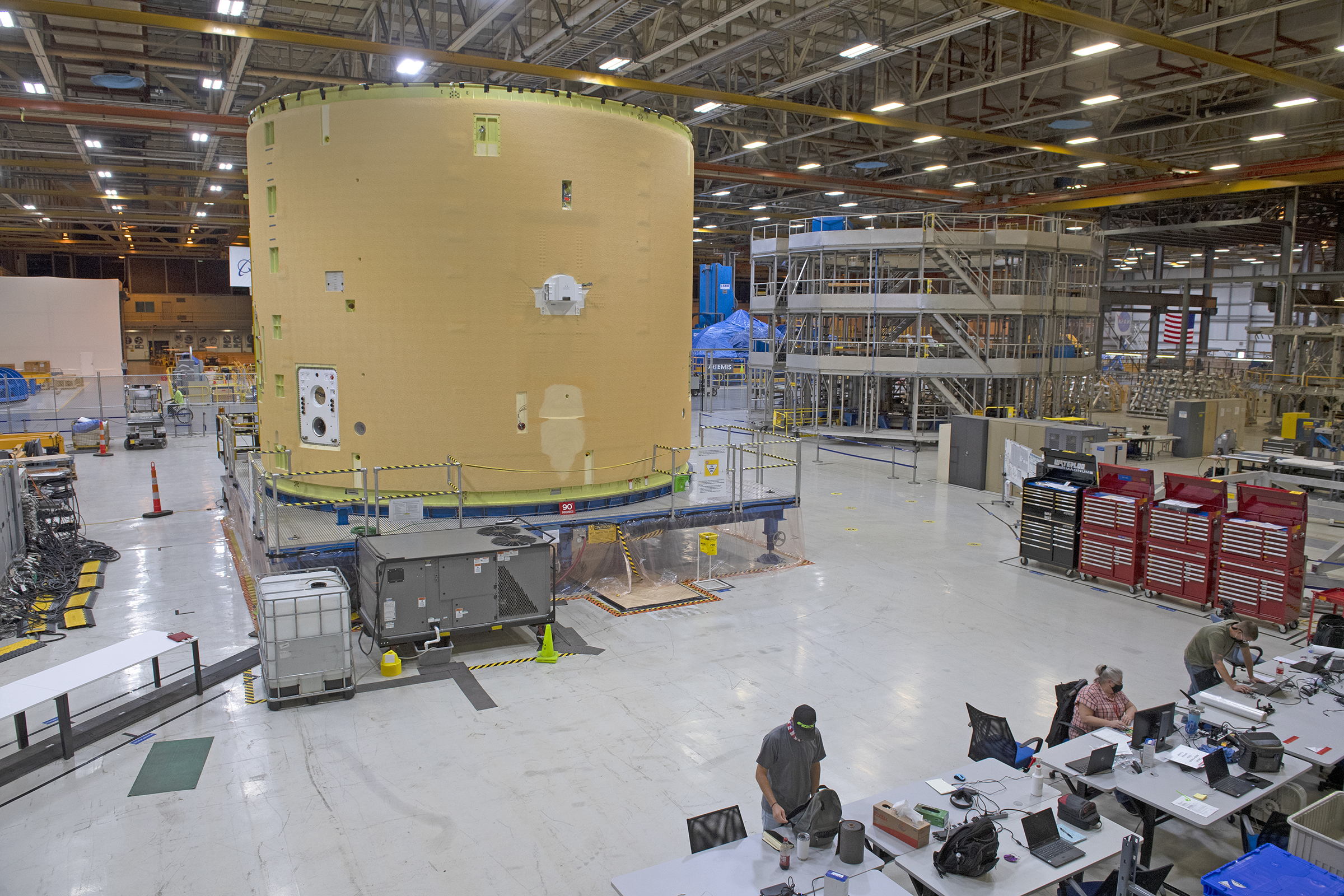
Elsewhere, by December 2020 friction-stir welding of the SLS Core Stage {hardware} for Artemis III was effectively underway. And in Could of this yr, the ten segments for Artemis III’s pair of five-segment Strong Rocket Boosters (SRBs) have been accomplished and positioned into storage at prime contractor Northrop Grumman Corp.’s facility in Promontory, Utah.
In tandem with the SLS and Orion, SpaceX was controversially chosen by NASA in April 2021 for the $2.89 billion contract to develop its Starship Human Touchdown System (HLS) for Artemis III, beating rivals Dynetics and a Nationwide Group, led by Blue Origin. Two of the 4 Artemis III astronauts—one in all them anticipated to be a girl—will descend to the floor sooner or later after April 2025 for about 6.5 days and as much as 5 classes of Extravehicular Exercise (EVA).
And people EVAs will happen in maybe the darkest, coldest and least hospitable environments ever visited on the Moon. In contrast to Apollo, whose six landings between July 1969 and December 1972 favored equatorial zones, Artemis seeks to ascertain a human presence near the lunar south pole, whose completely shadowed craters are recognized to harbor giant reserves of water-ice sure up in rocks and regolith.
These distinctive areas, nearly untouched by daylight, are thought to behave as “chilly traps”, preserving water-ice, hydrogen and different volatiles carried to the Moon tens of thousands and thousands of years in the past by comets and meteorites. As such, the lunar south pole presents nothing in need of a pristine “library” of Photo voltaic System evolution, simply ready to be learn.
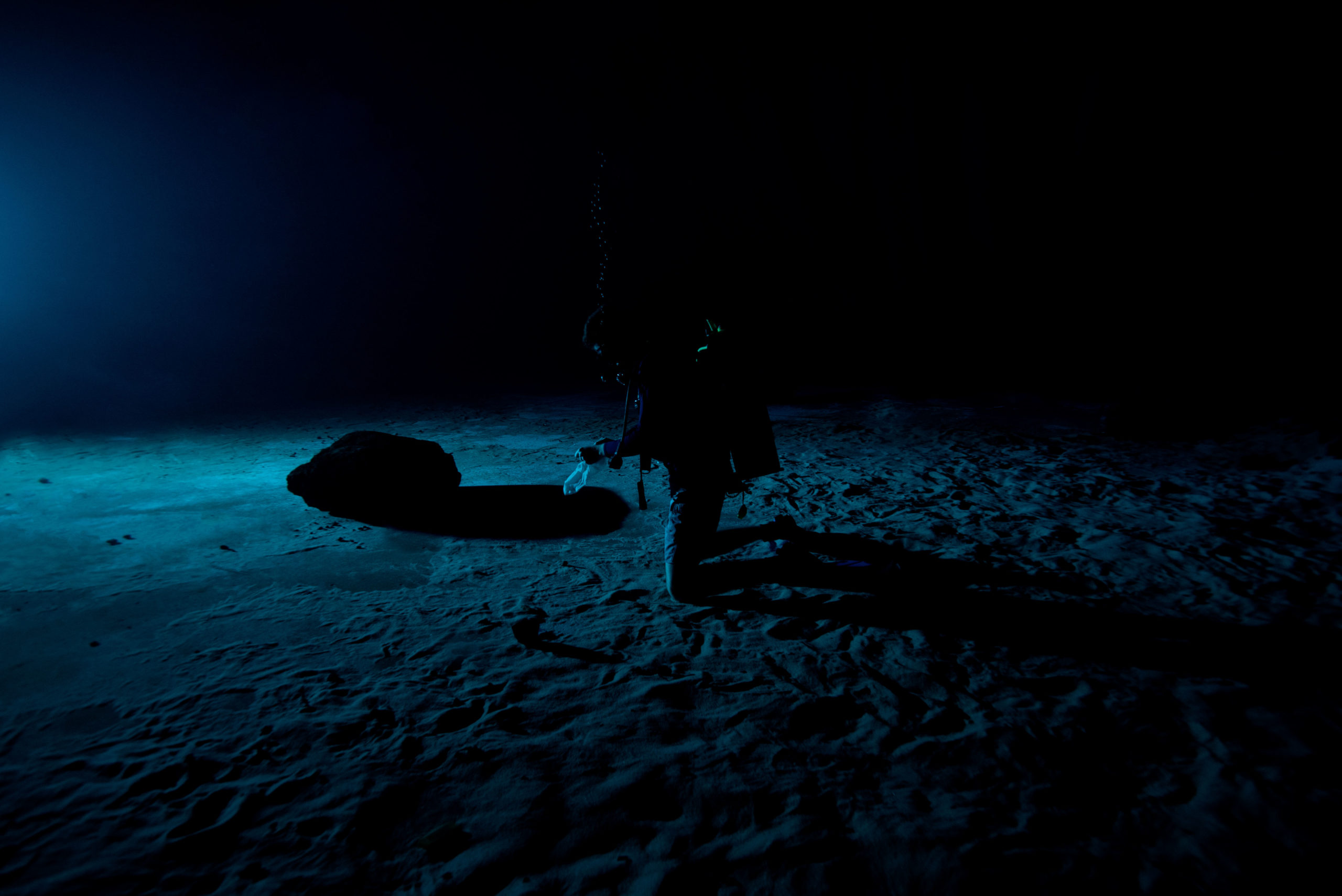
13 candidate touchdown areas have been unveiled right this moment, every located inside six levels of latitude from the pole, every exhibiting varied geological constructions and every containing a number of potential landing spots for Artemis III. Every will guarantee steady daylight for the Artemis III touchdown crew throughout their time on the floor, while additionally allowing entry to completely shadowed areas to gather samples in “uncompromised” areas to grasp the depth, distribution and composition of polar ice.
To pick the areas, scientists and engineers assessed the pole utilizing information from the Lunar Reconnaissance Orbiter (LRO) and evaluated areas primarily based upon their potential to help a secure touchdown, utilizing standards together with terrain slope, ease of communications with Earth and lighting situations. “A number of of the proposed websites throughout the areas are positioned amongst among the oldest elements of the Moon,” mentioned Sarah Noble, NASA’s Artemis lunar science lead for the Planetary Science Division, “and along with the completely shadowed areas, present the chance to study in regards to the historical past of the Moon by way of beforehand unstudied lunar supplies.”
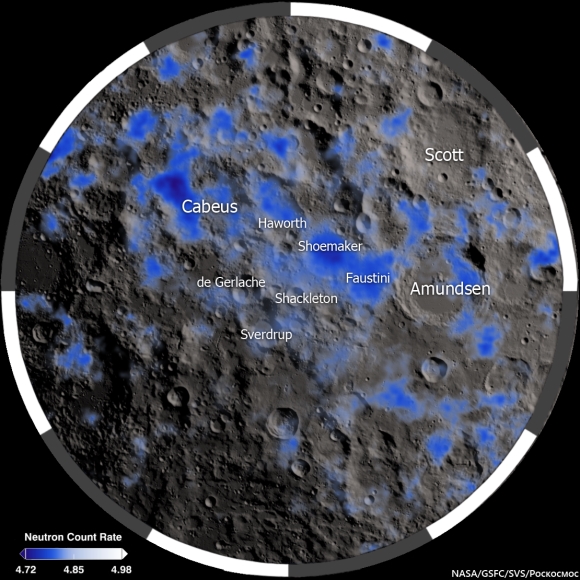
The areas embrace the rim of Faustini, an affect crater whose inside lies in nearly everlasting darkness and is sufficiently chilly—under 100 Kelvin—as to entice water vapor from primordial cometary impactors. Lunar Prospector information additionally confirmed that Faustini has higher-than-usual concentrations of hydrogen, though water-ice has but to be noticed.
Two areas on the rim of the roughly round De Gerlache affect crater, along with a massif linking it to Kocher Crater, are additionally into consideration. So too is an space on the rim of the 32-mile-wide (51-kilometer) Haworth affect crater and two spots on the western and northeastern rims of closely eroded and deeply shadowed Nobile Crater, presently focused because the touchdown website for NASA’s Volatiles Investigating Polar Exploration Rover (VIPER), which can launch in November 2024.
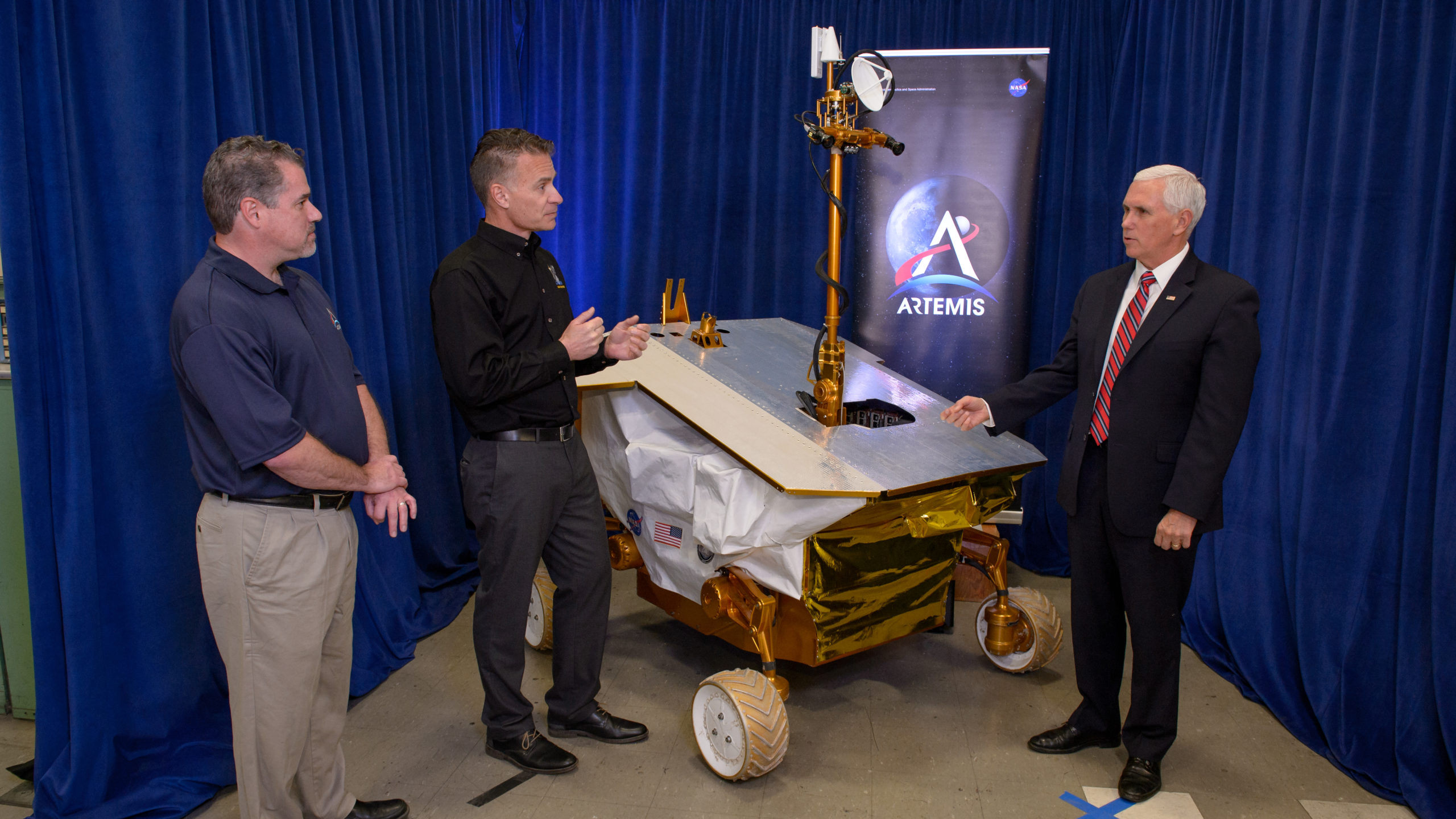
Different doable websites embrace a 3-mile-high (5-kilometer) ridge-like massif on the southwestern fringe of Malapert Crater, the Liebnitz Beta Plateau and the rim of the 64-mile-wide (103-kilometer) Amundsen Crater, the latter of which can comprise giant portions of strong carbon dioxide ice with nice potential for future In-Situ Useful resource Utilization (ISRU) applied sciences.
Lastly, a gaggle of areas within the environs of Shackleton—a 13-mile-wide (21-kilometer) affect crater, whose rim is in near-perpetual daylight, but whose inside lies in nearly everlasting darkness—spherical out the Artemis III candidates. Greater than 3.6 billion years previous, the intensely chilly environs of Shackleton have aroused nice curiosity from the astronomical group as a doable location for a lunar-sited infrared telescope.

Present plans envisage the “firming-up” of the Artemis III touchdown website, and the down-selection of candidates, within the mid-2024 timeframe, assuming a goal launch date for the mission within the fall of 2025. This can allow round 18 months for devoted flight and trajectory planning and crew coaching.
“Choosing these areas means we’re one big leap nearer to returning people to the Moon for the primary time since Apollo,” mentioned Mark Kirasich, deputy affiliate administrator for the Artemis Marketing campaign Growth Division at NASA Headquarters in Washington, D.C. “Once we do, it will likely be not like any mission that’s come earlier than, as astronauts enterprise into darkish areas beforehand unexplored by people and lay the groundwork for future long-term stays.”
FOLLOW AmericaSpace on Fb and Twitter!
Missions » SLS » Missions » SLS » Artemis »
Posts related to the SLS missions
[ad_2]



